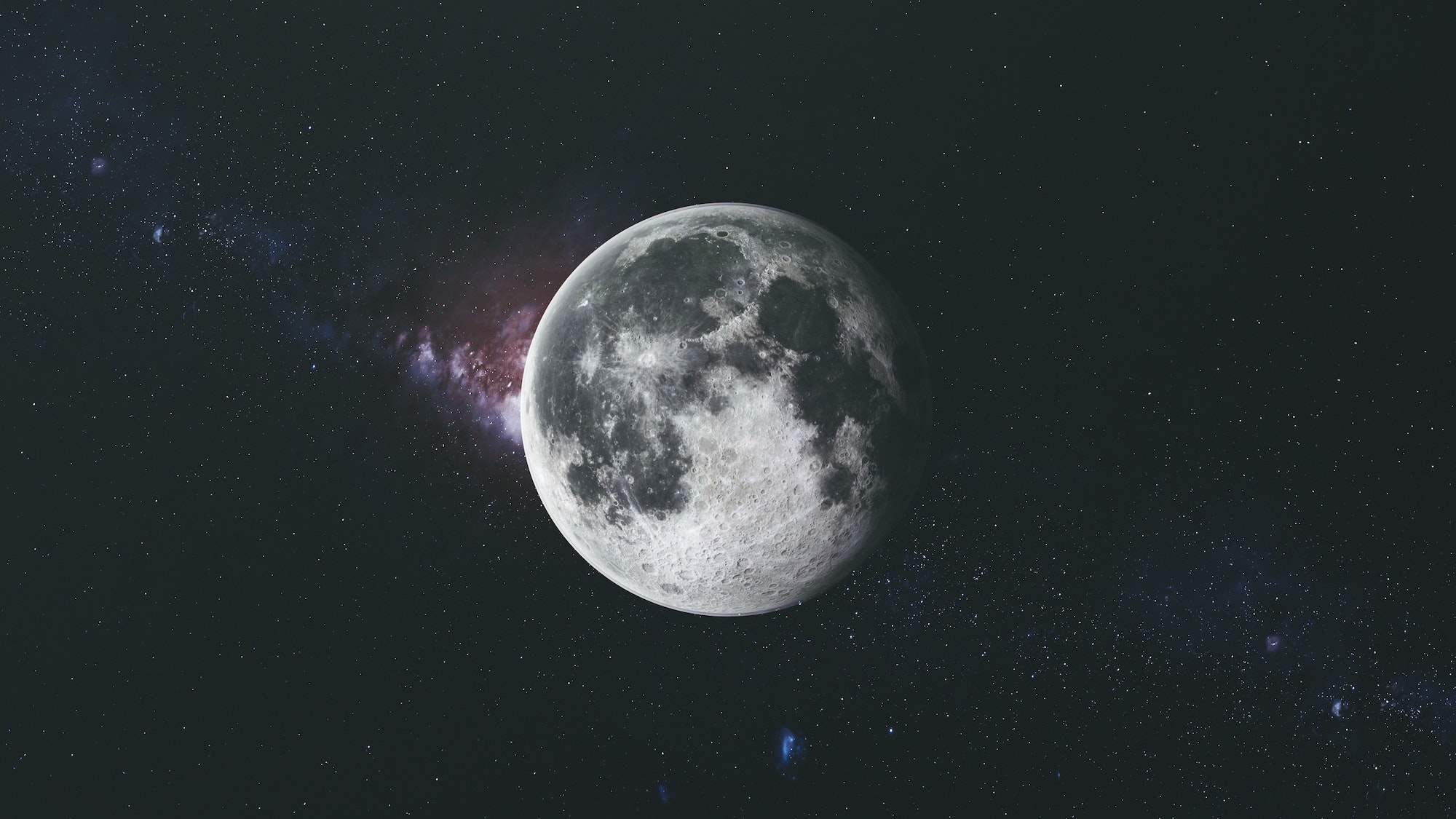India’s Chandrayaan-3 mission has successfully landed on the moon, and it’s a big deal! This means India is now a major player in the field of space exploration. The mission features a six-wheeled rover that’s set to explore what the moon is really made of. Run by ISRO (Indian Space Research Organization), this mission is a huge step forward in space science.

Meet Pragyan, the Rover
The rover is named “Pragyan,” which means “wisdom” in Sanskrit. It safely came out from its lander on the moon by rolling down a small ramp, a moment captured on camera. This shows how much effort and planning went into making this mission a success.
Cool Tech Onboard
Pragyan is packed with high-tech gadgets like the Alpha Particle X-ray Spectrometer and Laser Induced Breakdown Spectroscopy. These devices can analyze the chemical makeup of the moon’s rocks and soil. The goal is to learn more about how the moon was formed and how it has changed over time.

What’s Happening Now?
So far, Pragyan has traveled about 26 feet on the moon. Both of its gadgets are working well, and the data they collect could change what we know about the moon. It’s a real-life treasure hunt!
Why the South Pole?
The mission chose to land near the moon‘s south pole for a reason. Scientists think there’s water ice hidden in the craters there. This could be a game-changer for future space missions, as the water could be turned into rocket fuel or even be used for astronauts to drink.

What This Means for India and the World
By landing on the moon, India has joined an exclusive club of countries that have managed soft landings on other celestial bodies. This includes the United States, the former Soviet Union, and China. The mission is a big win for India and shows the world that they’re serious contenders in space exploration.
What’s Next?
The mission is still ongoing, and Pragyan will be operational for about two weeks on the moon. Time is limited, but the possibilities are endless. India’s achievements in space science are inspiring people all around the world. We can’t wait to see what discoveries are made next!
In short, India’s Chandrayaan-3 mission is a huge milestone for the country and for our understanding of the moon. Armed with state-of-the-art technology, the Pragyan rover will help us learn more about our celestial neighbor. Keep an eye on the news, because this mission is making history!

Frequently Asked Questions (FAQs) About India’s Chandrayaan-3 Mission
What is the Chandrayaan-3 Mission?
Chandrayaan-3 is a moon mission led by India’s ISRO (Indian Space Research Organization). It aims to explore the lunar surface, specifically focusing on the moon’s south pole, using a six-wheeled rover named Pragyan.
Why is this mission important?
This mission solidifies India’s role in the global space community. It’s also significant because it aims to gather important scientific data about the moon’s composition and geological history. Plus, the mission could provide insights into potential water ice deposits near the moon’s south pole.
What is the Pragyan Rover?
Pragyan is the rover that has been deployed as part of the Chandrayaan-3 mission. The name means “wisdom” in Sanskrit. It’s equipped with advanced instruments to analyze the moon’s rocks and soil.
What instruments are on board the Pragyan Rover?
Pragyan carries two main scientific tools: the Alpha Particle X-ray Spectrometer and Laser Induced Breakdown Spectroscopy. These instruments are designed to analyze the chemical makeup of the moon’s terrain.
How long will the rover operate on the moon?
The rover and lander are expected to function for approximately two weeks on the lunar surface.
What’s so special about the moon’s south pole?
The moon’s south pole is thought to contain water ice in its craters. This could be a crucial resource for future space missions, serving as potential rocket fuel or even drinking water for astronauts.
Who else has landed on the moon?
Before India, only the United States, the former Soviet Union, and China have managed to achieve soft landings on the moon. Chandrayaan-3 places India in this exclusive club.
What happens next?
The world is waiting to see what kind of data and insights Pragyan will gather. This mission could change our understanding of the moon and even pave the way for future space exploration.
How can I keep up with the mission’s updates?
Keep an eye on news outlets and ISRO’s official social media channels for the latest updates and discoveries from the Chandrayaan-3 mission.
Why is it called Chandrayaan-3?
The word “Chandrayaan” translates to “moon vehicle” in Sanskrit and Hindi. The ‘3’ signifies that this is India’s third mission focused on lunar exploration, following Chandrayaan-1 and the partially successful Chandrayaan-2.
I hope this FAQ section clears up any questions you may have about India’s exciting Chandrayaan-3 mission!
Sources CNN


